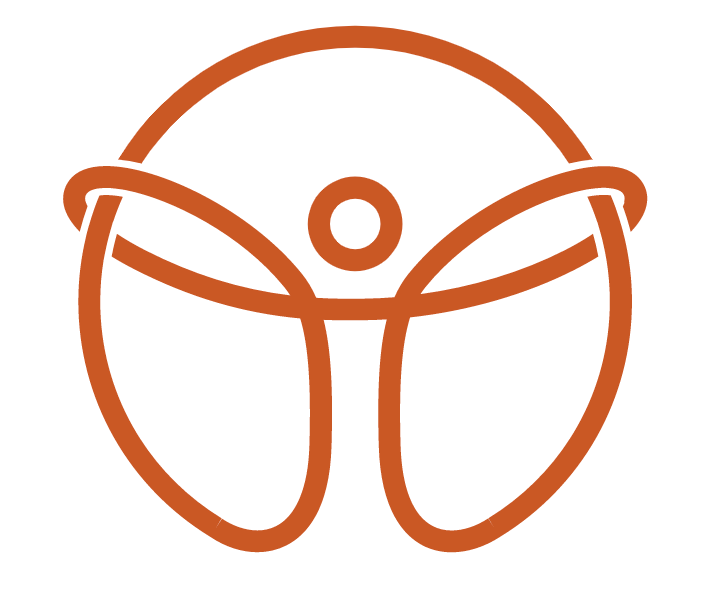Understanding Mechanical Sources of Ear Pain and How Chiropractic Care may Help
Ear pain, or otalgia, is a common complaint that can stem from various causes. While infections are often assumed to be the culprit, ear pain can also originate from mechanical sources. These sources are linked to the musculoskeletal system, and understanding them is critical to providing effective relief, especially when no signs of infection are present.
Temporomandibular Joint (TMJ) Dysfunction
One of the most common mechanical sources of ear pain is TMJ dysfunction. The temporomandibular joint connects the jawbone to the skull, sitting very close to the ear. Dysfunction in this joint, whether from injury, teeth grinding, or misalignment, can cause referred pain in the ear. This pain may be mistaken for an ear infection but will often be associated with other symptoms such as jaw clicking, difficulty opening the mouth, or a feeling of pressure around the ear.
Bruxism, or teeth grinding, can exacerbate TMJ issues. The excessive tension in the jaw muscles places stress on the TMJ, leading to inflammation and pain that can radiate toward the ear. Many people with TMJ disorders report ear pain, though the ear itself may be healthy.
Cervical Spine Dysfunction
The cervical spine, particularly the upper cervical vertebrae, plays a significant role in mechanical ear pain. Misalignment or dysfunction in the upper neck can irritate nearby nerves, leading to referred pain in the ear. This type of pain may come from poor posture, trauma, or underlying cervical spine conditions such as cervical spondylosis or disc degeneration.
For instance, forward head posture, which is increasingly common in the digital age, places undue strain on the cervical spine. This strain can compress nerves that have pathways connected to the ear, leading to discomfort or a dull, aching sensation in the ear.
Muscle Tension and Trigger Points
Muscle tension, particularly in the head, neck, and upper back, can be another mechanical source of ear pain. The sternocleidomastoid (SCM) and trapezius muscles, both of which are important in neck movement, can develop trigger points—tight, irritable areas within muscle tissue that refer pain to distant areas, including the ear.
Trigger points in the SCM can cause pain that radiates to the ear, jaw, and even the temples. Chronic tension or poor posture, often resulting from desk work or prolonged device use, can lead to trigger point development, exacerbating referred ear pain.
Eustachian Tube Dysfunction
While eustachian tube dysfunction is often considered in the context of allergies, colds, or infections, mechanical factors can also impact this structure. The eustachian tube helps equalize pressure in the middle ear, and issues with the surrounding musculature can lead to dysfunction. Muscle tightness in the tensor veli palatini, which is responsible for opening and closing the eustachian tube, can cause a sensation of ear fullness or pain. This is particularly common in individuals with significant jaw or neck tension.
Referred Pain from Dental Issues
Dental problems such as malocclusion (improper bite) or impacted wisdom teeth can also be sources of mechanical ear pain. An improper bite creates undue strain on the jaw muscles and TMJ, which can radiate pain to the ear. Similarly, impacted teeth, particularly in the lower jaw, can cause pressure that is perceived as ear pain. This type of referred pain often feels deep and may be accompanied by headaches or jaw discomfort.
How a Chiropractor Can Help with Mechanical Ear Pain
Chiropractic care can be an effective way to address the mechanical sources of ear pain, particularly those related to musculoskeletal dysfunction. Here’s how a chiropractor can help:
Spinal Adjustments
Chiropractors are trained to identify and correct misalignments in the spine, including the cervical vertebrae. By performing targeted spinal adjustments, a chiropractor can alleviate pressure on nerves that may be contributing to ear pain. Correcting posture and alignment in the neck reduces nerve irritation and promotes proper muscle function, which can relieve referred pain in the ear.
TMJ Adjustments
For those suffering from TMJ dysfunction, chiropractors can perform gentle adjustments to the jaw and surrounding muscles. These adjustments help improve the alignment and function of the temporomandibular joint, reducing inflammation and easing referred ear pain. Additionally, chiropractors often offer soft tissue therapies to release tension in the jaw muscles, addressing the root cause of the discomfort.
Soft Tissue Therapy
Muscle tension and trigger points in the neck and upper back can be alleviated through soft tissue therapy. Chiropractors use techniques such as myofascial release, massage therapy, and trigger point therapy to target tight or irritated muscles that may be contributing to ear pain. Releasing these trigger points can significantly reduce referred pain to the ear, providing lasting relief.
Posture Correction and Ergonomic Advice
Poor posture, especially forward head posture, is a major contributor to cervical spine dysfunction. Chiropractors can provide posture correction techniques and ergonomic advice to help reduce strain on the neck and spine. Addressing these mechanical issues can prevent the recurrence of ear pain.
Exercise and Stretching Programs
Chiropractors often prescribe customized exercise and stretching programs to strengthen the muscles that support the cervical spine and jaw. These programs help maintain proper alignment and function in the musculoskeletal system, reducing the likelihood of chronic pain.
Chiropractors play a crucial role in diagnosing and treating mechanical sources of ear pain. By addressing underlying musculoskeletal issues such as TMJ dysfunction, cervical misalignment, and muscle tension, chiropractors can provide long-term relief and prevent recurring pain. If you’re experiencing ear pain with no apparent infection, consulting a chiropractor can help you find the root cause and effective treatment.
Dr. Devon Ackroyd

